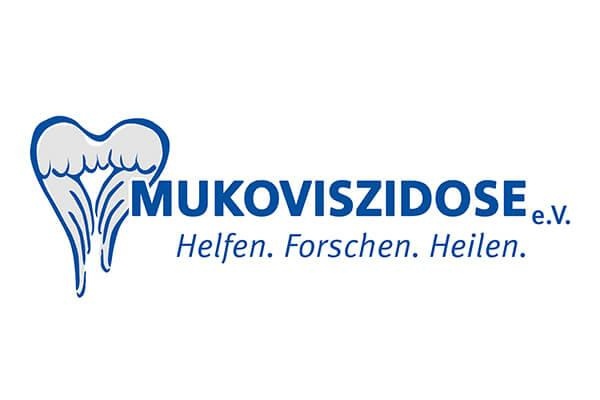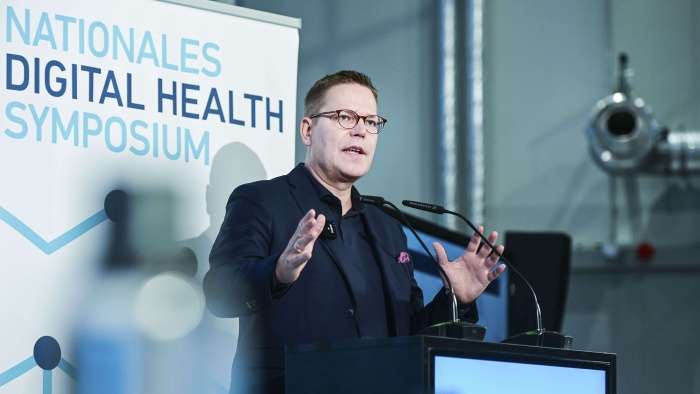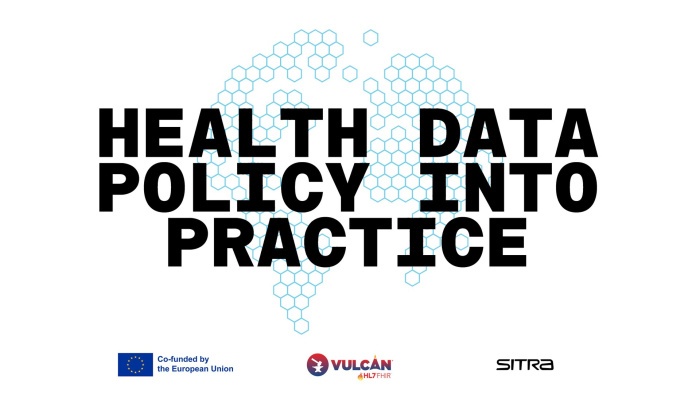CandActCFTR Database Enables Comparison of Cystic Fibrosis Drugs - New DFG Funding Starts in January

© ST.art - stock.adobe.com
The database is an important tool in cystic fibrosis research. It collects data from various research groups on substances that act on the CFTR channel. Through various application tools, information on substances can be combined, and knowledge about individual or groups of substances can be compiled. The Cystic Fibrosis Institute calls on the research community to use the database.

In the first funding period (2016 to 2019) by the German Research Foundation (DFG), CandActCFTR was established as a comprehensive research tool by the two scientists. Information about CFTR drugs from publications in scientific journals, abstracts, and presentations at scientific meetings was combined in CandActCFTR. The database has been available online since 2018 but can also be installed and used locally at other locations in its current form.
The new three-year DFG funding round starts in January 2020. The project to expand and apply CandActCFTR, which includes various work packages, is funded. On the one hand, the functionality is to be expanded, and data exchange among researchers is to be regulated. New laboratory methods for testing CFTR drugs should be representable in the database so that all results can be made accessible. On the other hand, work is also planned to identify promising substances in terms of activating CFTR using the database. Testing of these identified substances is planned for the final year of the new three-year funding period.
Modern IT Structures as a Basis for Data Analysis
This approach is made possible by a modern modular IT structure using open-source data structures and interface definitions, as well as the use of suitable free software modules such as the Chemistry Development Kit (CDK), a software library for bio-(chemistry)informatics. "As part of this project, we will now expand our toolkit to be able to incorporate not only the chemical structure information of potential drug substances and their respective annotations but also the target protein structures. This will allow us not only to analyze at the cellular level which substance interacts where in the CFTR life cycle but also to specify how exactly this interaction could look on a molecular level. This is necessary because there is not only one target structure due to the various possible mutations, and these variants also undergo different forms. Therefore, we are pleased to be able to integrate and annotate data from molecular dynamics simulation in the next phase, " explains IT project manager Nietert. "In addition to the immediate benefits for this project, the data infrastructure required for this will later be reusable for other projects. Other research projects that test substances for other questions will also need a software-based library of chemical structures and annotated information - with corresponding rights management. This can efficiently advance the development of test candidates."
Utilize Synergies: Scientists Can Combine Their Data with Other Results
For scientists, the CandActCFTR database offers the advantage of quickly publishing their results - for example, in the form of primary data. "This way, synergies can also be utilized," says project leader Stanke. "Scientists researching the same substances can exchange information about their research more effectively." However, no sensitive primary data are passed on via the platform; instead, the database aims to bring together publicly available information and strengthen research networking. "We are pleased to be able to carry out application-oriented work in this second funding period of the project, and we hope to identify interesting drug combinations that will benefit patients," explains Stanke.
Scientists researching the same substances can exchange information about their research more effectively.
Database as a Collaborative Project
The database is being built in cooperation with the TMF - Technology and Methods Platform for Networked Medical Research. In an affiliated project, further funds have even been approved for the TMF, so that expertise and structures of the TMF will flow into the CandActCFTR project. The Cystic Fibrosis Institute is also involved in the second project phase and initiated the idea of this database at the time. "Our task is to attract scientists researching cystic fibrosis to the database," explains Dr. Miriam Schlangen, managing director of the Cystic Fibrosis Institute gGmbH, her institution's role. "Because the larger the database, the better promising substances can be identified and further developed for clinical application."
The project initiated in Hannover and Göttingen has an international footing. Various international research groups were involved in planning it, and there are also cooperations with groups from Belgium, France, Israel, Italy, the Netherlands, and the USA.
Background Information
About Cystic Fibrosis
Up to 8,000 children, adolescents, and adults in Germany are affected by the incurable hereditary disease cystic fibrosis. Due to a disruption of the body's salt and water balance, cystic fibrosis sufferers form a viscous secretion that irreparably damages organs such as the lungs and pancreas. In Germany, about 150 to 200 children with the rare disease are born every year.
About the Cystic Fibrosis Institute
The Cystic Fibrosis Institute connects patients, their relatives, doctors, therapists, and researchers. It combines different experiences, competencies, and perspectives with the aim of enabling each person affected to live as independently as possible with cystic fibrosis. In order to achieve the common tasks and goals, the non-profit association depends on the support of committed donors and sponsors. The Cystic Fibrosis Institute gGmbH is a wholly-owned subsidiary of the Cystic Fibrosis Institute.
Press Contact
Cystic Fibrosis Institute
Carola Wetzstein
Phone: +49 (0)228 9 87 80-22
Mobile: +49 (0)171 9582 382
E-mail: CWetzstein@muko.info
This Is a Press Release from the Cystic Fibrosis Institute: News
Further Information


